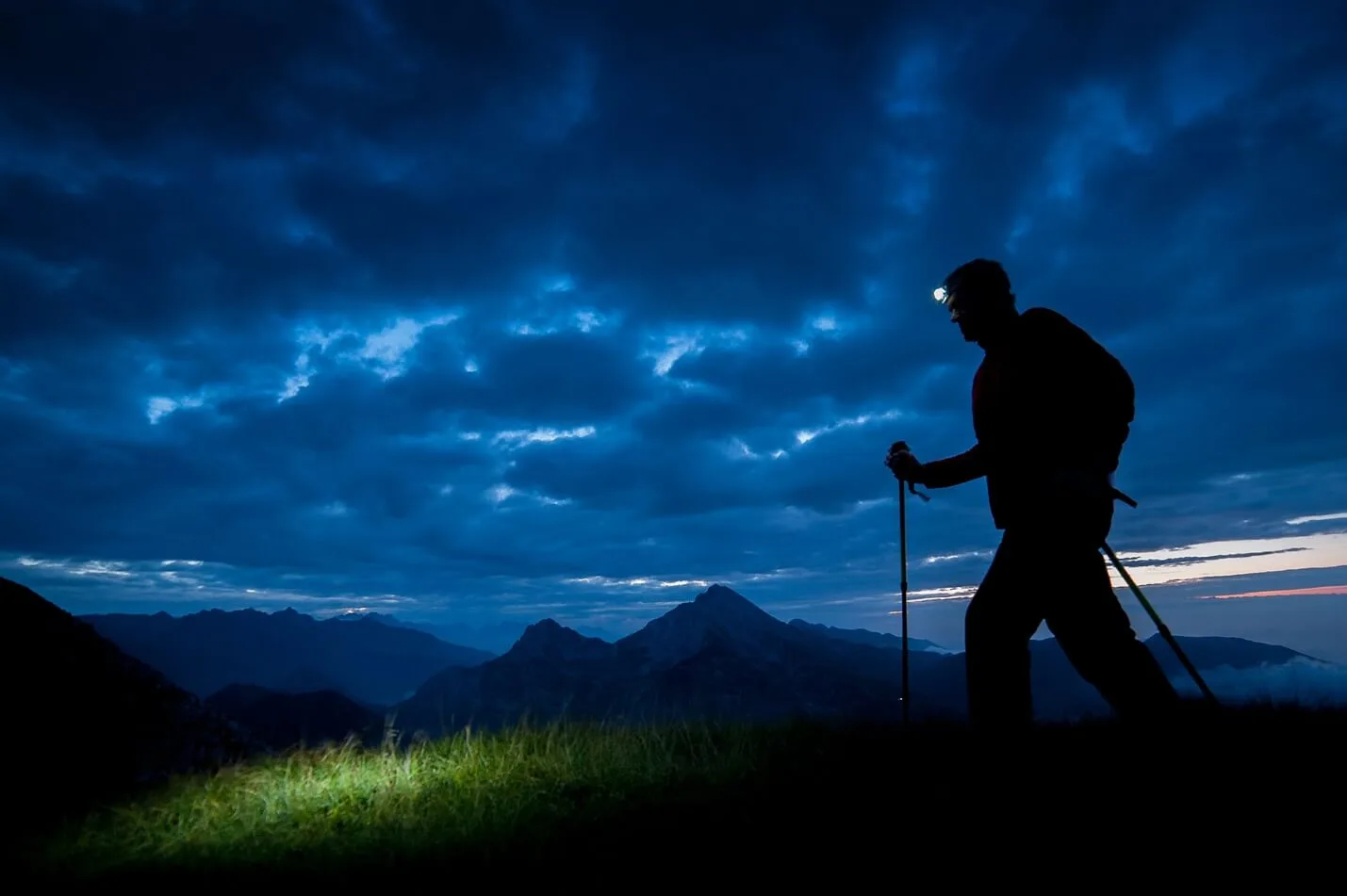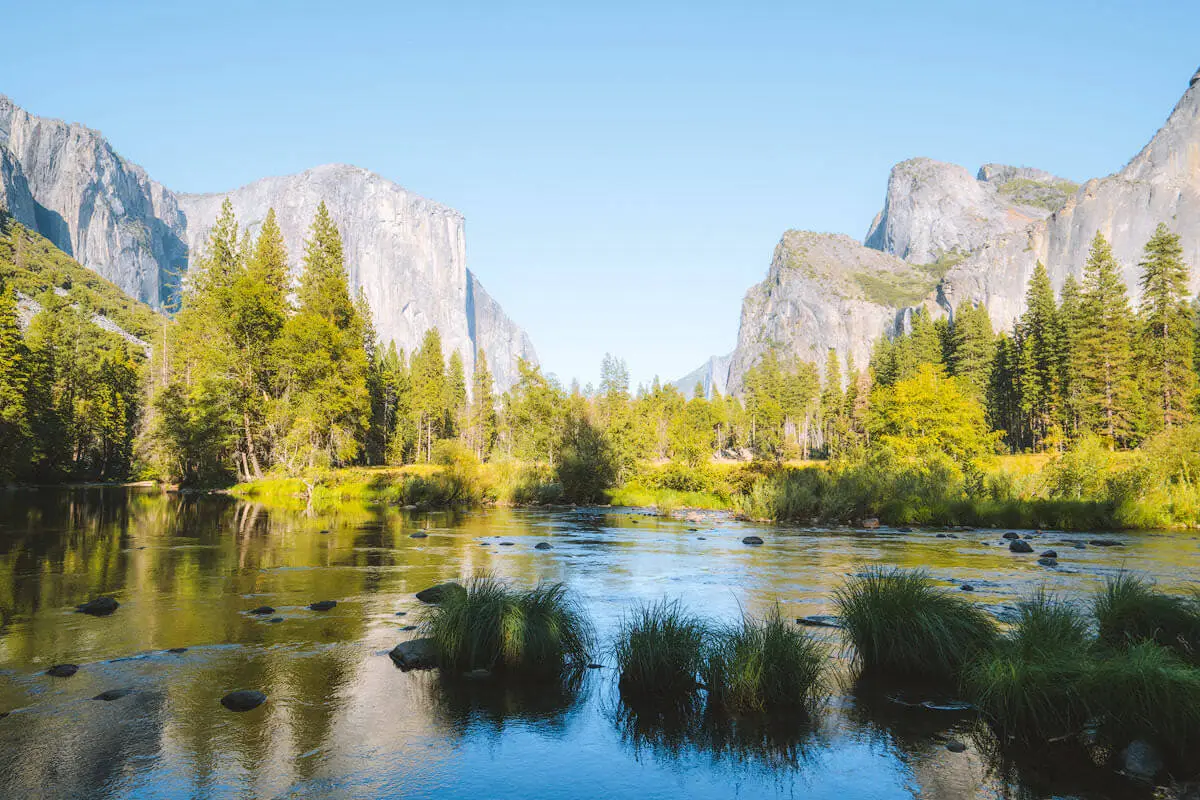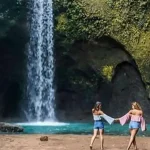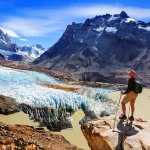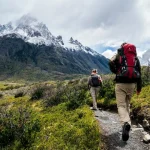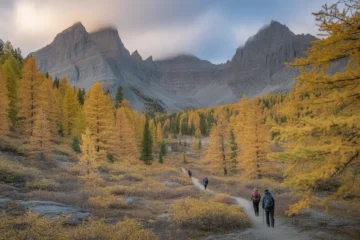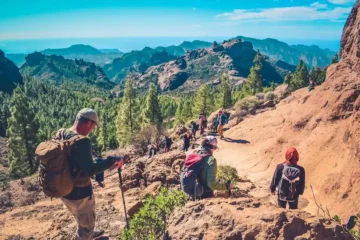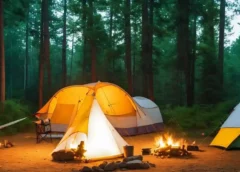
Camping and Outdoor Adventures: Embrace the Great Outdoors
April 16, 2024
Embarking on camping and outdoor adventures is an exhilarating escape from the hustle and bustle of everyday life. I’ve always cherished the freedom of pitching a tent amidst nature’s embrace, feeling the cool breeze against my skin, and immersing myself in the symphony of chirping birds and rustling leaves. From hiking scenic trails to cooking over a crackling campfire and discovering hidden gems in the wilderness, camping offers endless opportunities for exploration and connection with the great outdoors. So, grab your gear and get ready for unforgettable adventures under the open sky.
Content
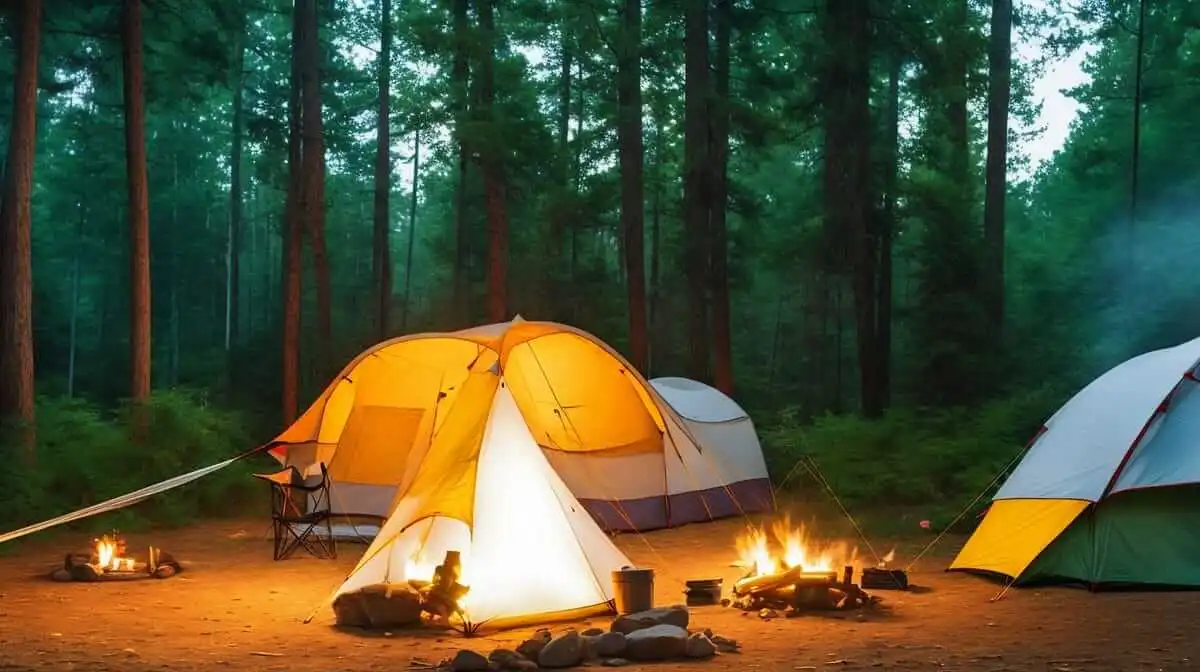
Campsite Setup and Organization
When it comes to camping, a well-organized campsite can make all the difference in your outdoor experience. From selecting the perfect spot to setting up your tent, organizing your gear, and creating a comfortable living space, a properly arranged campsite enhances both convenience and enjoyment.
Also Read: Road Trips Across Continents: Embarking on Epic Journeys
1. Selecting a Suitable Campsite
Before setting up your camp, carefully choose a location that suits your needs and preferences. Look for level ground, preferably with some natural shade. Avoid areas prone to flooding or too close to water sources to minimize the risk of unexpected surprises. I remember a camping trip last summer where we picked a picturesque spot by a river, only to wake up with soggy gear after a night of heavy rain.
2. Setting Up Your Tent
Once you’ve found the ideal spot, it’s time to set up your tent. Lay out your tent footprint, if you have one, to protect the tent floor. Assemble the tent poles and secure them according to the manufacturer’s instructions. Next, attach the rainfly to protect against unexpected showers. Be mindful of any rocks or roots beneath your tent to ensure a comfortable sleeping surface. Last summer, my friends and I discovered the importance of a proper tent setup when a sudden gust of wind nearly blew our tent away. We quickly learned the value of securely staking down the tent and reinforcing it with additional guy lines.
3. Establishing a Comfortable Sleeping Area
A good night’s sleep is essential for an enjoyable camping adventure. Start by laying down a groundsheet or camping mat to provide insulation and cushioning. Set up your sleeping bags or air mattresses, arranging them in a way that maximizes space and comfort. Don’t forget pillows and blankets for added coziness. I’ll never forget the time I neglected to bring a sleeping pad and ended up tossing and turning all night on a lumpy forest floor. Lesson learned: comfort is key!
4. Organizing Your Camp Kitchen and Food Storage
Efficiently organizing your camp kitchen will save you time and hassle when it’s time to cook. Create a designated area for your cooking stove, pots, pans, and utensils. Keep your food supplies in airtight containers or coolers to prevent unwanted visitors like raccoons or bears. It’s always a good idea to store food away from the sleeping area to minimize the risk of attracting wildlife. On one camping trip, I witnessed a raccoon raid our poorly secured food stash, resulting in a rather chaotic midnight chase. From that moment on, we made sure to properly secure our food supplies.
5. Creating a Cozy Outdoor Living Space
Transform your campsite into a comfortable outdoor living area. Set up camping chairs, a foldable table, and a lantern to create a cozy atmosphere for relaxation and socializing. Hang a clothesline to dry wet gear or swimwear. I love reminiscing about the evenings spent gathered around the campfire, roasting marshmallows, sharing stories, and enjoying the peaceful ambiance of the great outdoors.
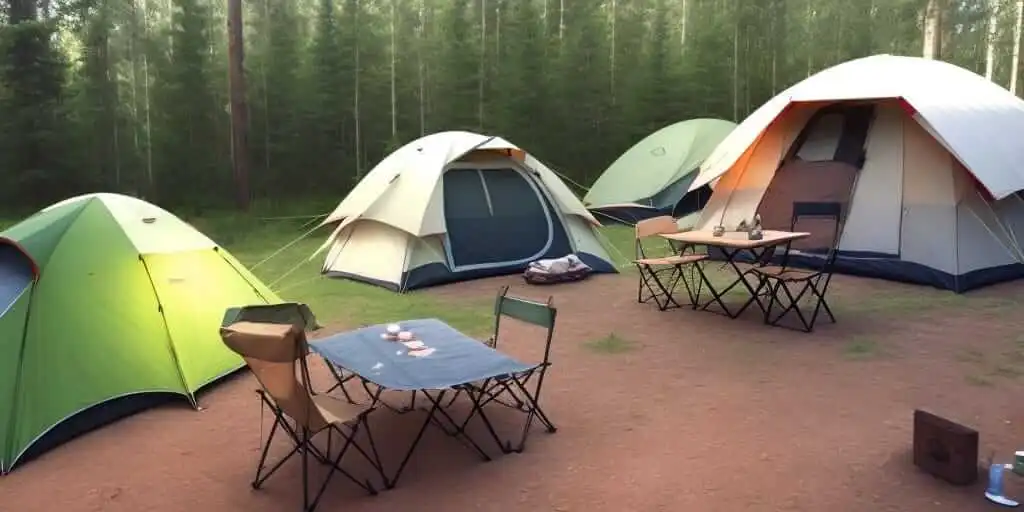
Campfire Cooking and Outdoor Meals
One of the joys of camping is indulging in delicious meals cooked over a crackling campfire. The experience of preparing and savoring outdoor meals adds an extra layer of enjoyment to your camping adventure. From simple recipes to essential cooking tools, let’s explore the world of campfire cooking.
1. Campfire Safety and Fire-Building Techniques
Before you start cooking, it’s crucial to prioritize campfire safety. Clear the area around your fire pit from any flammable materials. Ensure you have a bucket of water or a fire extinguisher nearby for emergencies. When building a fire, remember to create a fire ring using rocks or a designated fire pit. Start with small twigs and gradually add larger pieces of wood to establish a steady flame. I learned the importance of fire safety during a camping trip when a gust of wind carried sparks onto dry grass nearby, leading to a minor fire. Since then, I always double-check the surroundings and stay vigilant while tending to the fire.
2. Simple and Delicious Camping Recipes
Campfire cooking doesn’t have to be complicated. With a few basic ingredients and creative ideas, you can whip up delicious meals in no time. Try classic recipes like foil packet meals, where you combine meats, vegetables, and seasonings in aluminum foil and cook them over hot coals. Another favorite is campfire chili, a hearty dish perfect for chilly evenings. Don’t forget to pack s’mores ingredients for a traditional camping dessert. I have fond memories of experimenting with different s’mores variations, from adding peanut butter to using cookies instead of graham crackers. The possibilities are endless!
3. Essential Cooking Tools and Techniques
While camping, having the right cooking tools can make a world of difference. Pack a sturdy camping stove or grill for more controlled cooking. Invest in a cast-iron skillet or Dutch oven, which are versatile and distribute heat evenly. Long-handled cooking utensils, such as tongs and spatulas, help you handle food safely over the fire. Learning a few basic cooking techniques, like searing meat and roasting vegetables, will elevate your campfire meals to the next level. I remember mastering the art of campfire cooking by practicing different techniques and discovering new flavors in the process.
4. Leave-No-Trace Principles for Waste Disposal
Responsible camping includes proper waste disposal to protect the environment. When cooking outdoors, be mindful of waste management. Pack reusable or biodegradable plates, cups, and utensils to minimize waste. Dispose of food scraps and packaging properly by bagging them and storing them away from your campsite. Remember to follow the leave-no-trace principles to leave nature as pristine as you found it. I’ve witnessed the impact of careless waste disposal on beautiful campsites, and since then, I’ve made it a personal mission to leave every place I visit cleaner than when I arrived.
Exploring Nature: Hiking, Fishing, and Wildlife Encounters
Immersing yourself in nature is a fundamental part of camping and outdoor adventures. Whether you’re hiking through scenic trails, casting a line for fishing, or observing wildlife in their natural habitats, exploring nature offers endless opportunities for discovery and connection. Let’s delve into the exhilarating world of hiking, fishing, and wildlife encounters.
1. Choosing Hiking Trails and Planning Your Route
Hiking is a fantastic way to experience the beauty of nature up close. Before hitting the trail, research different hiking routes and choose one that matches your skill level and interests. Consider factors like distance, elevation gain, and terrain difficulty. Planning your route in advance ensures a smoother and safer hiking experience. Personally, I have found that researching trail conditions and reading fellow hikers’ reviews help me make informed decisions. I remember a challenging but rewarding hike to a breathtaking mountain peak, where the panoramic view made every step worth it.
2. Fishing Tips and Techniques for Outdoor Enthusiasts
For those seeking a peaceful and rewarding activity, fishing in serene lakes, rivers, or streams is a must. Research local fishing regulations and obtain the necessary permits. Choose the right fishing gear, such as rods, reels, and bait, based on your target fish species. Learn basic casting techniques and practice your skills. Patience is key in fishing, and sometimes it takes time to reel in the big catch. I recall a memorable fishing trip where I spent hours by the river, patiently casting my line, until I finally caught a beautiful rainbow trout. The sense of achievement and the satisfaction of preparing a fresh fish dinner were unmatched.
3. Wildlife Safety and Responsible Interactions
Encountering wildlife while exploring nature can be awe-inspiring. However, it’s essential to prioritize both your safety and the well-being of the animals. Maintain a safe distance and never approach or feed wild animals. Respect their natural habitats and observe them from a distance with binoculars or a camera lens. Educate yourself about the wildlife species in the area and learn to recognize their behaviors. Being knowledgeable and responsible allows us to appreciate and protect these magnificent creatures. On a camping trip, I was fortunate to witness a herd of majestic elk grazing in a meadow. I quietly observed them from afar, appreciating their grace and the privilege of sharing their space.
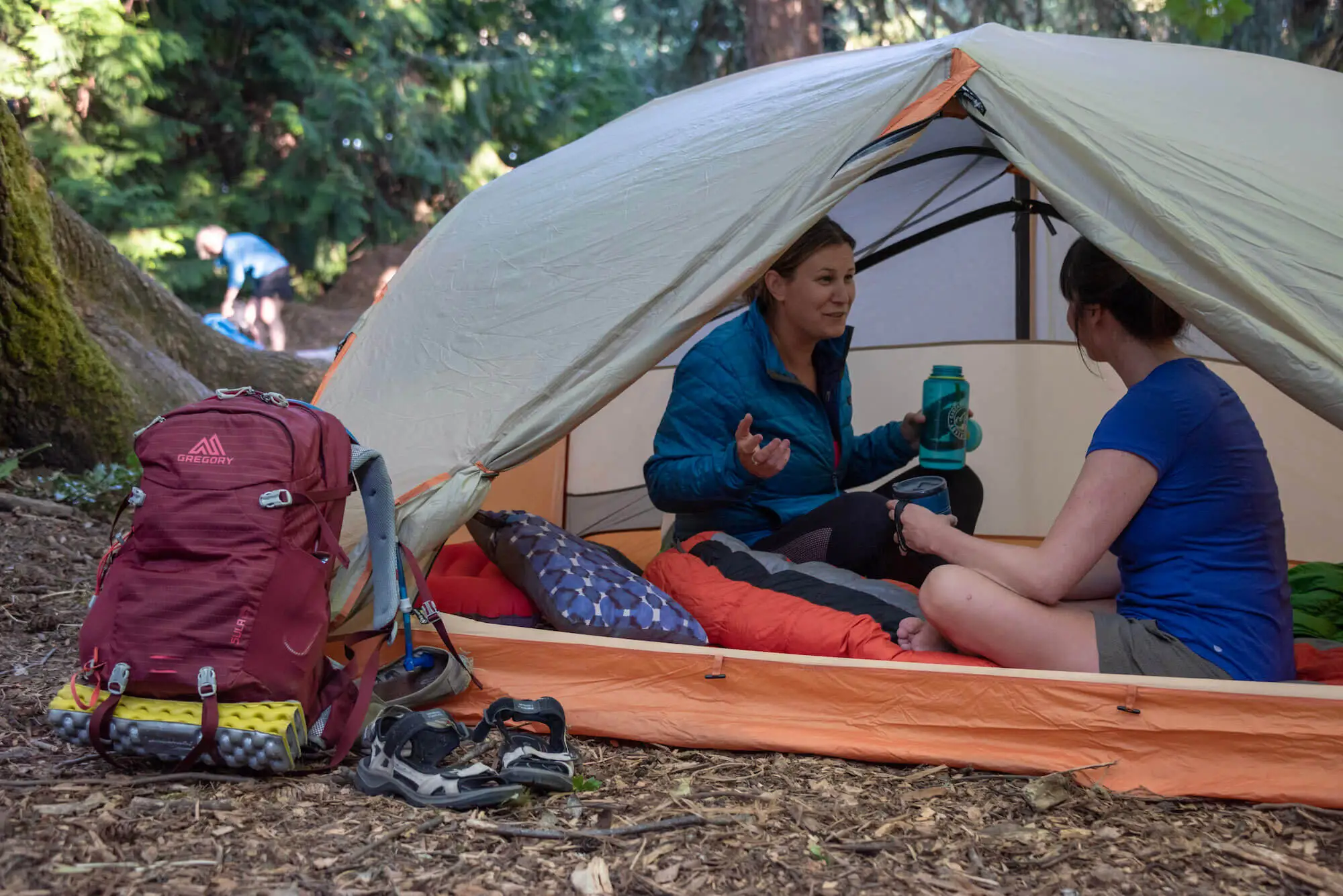
Conclusion
In the realm of camping and outdoor adventures, I’ve discovered a world where nature becomes my playground and everyday worries fade into the background. From the thrill of pitching a tent to the serenity of hiking through majestic landscapes, every moment is an opportunity for connection and self-discovery. Whether it’s gathering around a crackling campfire, witnessing breathtaking sunsets, or immersing myself in the symphony of nature, these experiences have left an indelible mark on my soul. So, embrace the call of the wild, create memories that will last a lifetime, and let the magic of the great outdoors ignite your spirit of adventure.
FAQs
u003cstrongu003eWhat should I do if my tent zipper gets stuck or breaks during a camping trip?u003c/strongu003e
If your tent zipper gets stuck, apply a lubricant like wax or silicone spray to the affected area and gently work the zipper back and forth. If the zipper is damaged or broken, you can use safety pins or duct tape as a temporary fix. It’s also a good idea to carry a repair kit with spare zippers and zipper pulls for quick replacements.
u003cstrongu003eWhat should I do if my camping stove is not igniting or producing a weak flame?u003c/strongu003e
If your camping stove is not igniting, check if the fuel canister is properly connected and valve is open. Clean the burner and ensure there are no clogs or blockages in the fuel line. If the flame is weak, the fuel may be running low, so replace the canister if necessary. Additionally, make sure the stove is on a stable surface and protected from wind, which can affect its performance.
u003cstrongu003eHow can I prevent my camping lantern batteries from draining quickly?u003c/strongu003e
To maximize battery life in your camping lantern, switch to LED lanterns, as they consume less power. Before packing, ensure the lantern is turned off to avoid accidentally draining the batteries. It’s also advisable to carry spare batteries and keep them in a cool place when not in use, as heat can accelerate battery drain. Using the lantern on lower brightness settings can also help extend battery life.
u003cstrongu003eWhat should I do if my portable water filter is not working effectively?u003c/strongu003e
If your portable water filter is not working effectively, check if the filter cartridge needs cleaning or replacement. Follow the manufacturer’s instructions to clean or replace the filter. If the flow rate is slow, try backflushing the filter by forcing clean water through it in the opposite direction. If the issue persists, it’s advisable to have a backup water purification method like water purification tablets or boiling water.
u003cstrongu003eHow can I fix a leaking air mattress during a camping trip?u003c/strongu003e
If your air mattress is leaking, first locate the puncture by inflating the mattress and listening for hissing sounds or feeling for air escaping. Once located, mark the area and deflate the mattress. Apply a patch or use a repair kit specifically designed for air mattresses to seal the puncture. Follow the instructions carefully, ensuring the patch adheres securely. Test the repaired area by reinflating the mattress and checking for any leaks.

Linda Lucero is a travel blogger from the US. She loves to meet new people and explore new cultures, as well as try delicious foods. Linda’s blog is full of her adventures around the world! In her spare time, she likes reading books about other cultures and how they might be different from what she knows in the United States.

